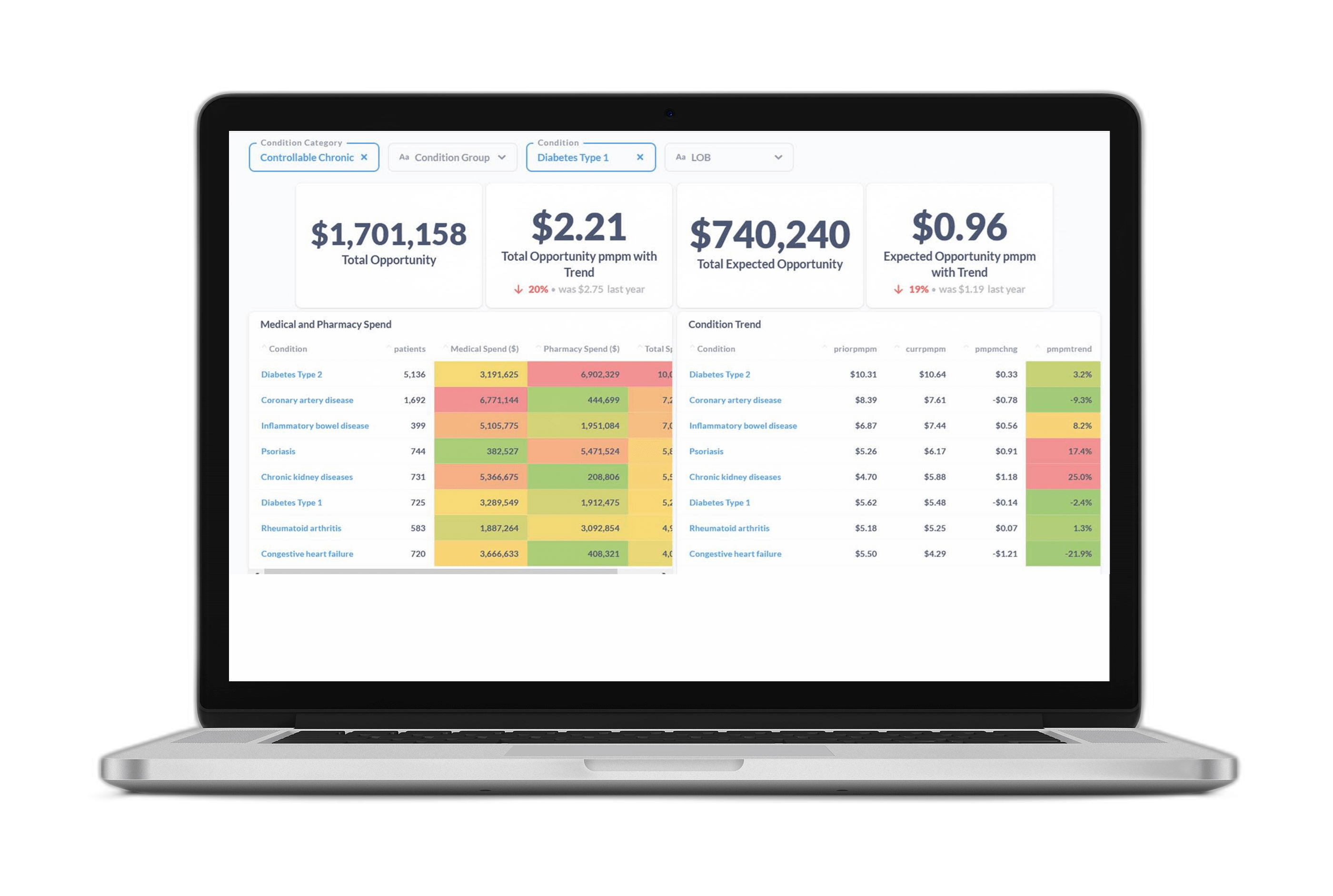In the complicated, ever-changing, value-focused world of healthcare, it’s important to stay up to date on innovations in care and technology. Browse the latest from our thought leaders below. You can use the menu to filter based on your interests.
Certilytics, Inc. Awarded Panda Health Partner Status for its Healthcare Data and Analytics Platform
04/02/2024April 2, 2024 – Certilytics, Inc., an innovator in the use of generative AI and deep learning technology to deliver AI-driven data managem,...
Certilytics, Inc. Wins 2024 Artificial Intelligence Excellence Award
03/28/2024Philadelphia, PA, March 28, 2024 – The Business Intelligence Group today announced that Certilytics, Inc. was named a winner in its Artifi,...
Top 3 Questions Answered at Our Booth During HIMSS24
03/18/2024This past week at HIMSS24 we enjoyed making new connections and seeing familiar faces in Orlando. Our team was energized by all the conversa,...
From Deep Learning to GenAI: A History of Data Science Innovation at Certilytics
03/08/2024Deep learning will eventually replace most of the regression models so widely used for risk prediction in the healthcare industry today. We ,...
How to Build Thousands of Clinical Predictive Models at Once: A Deep Learning Approach
03/07/2024Deep learning has opened new possibilities for healthcare predictive modeling, enabling us to expand our clinical risk prediction library fr,...
Certilytics to Showcase AI-Driven Predictive Analytic Solutions at HIMSS24
03/07/2024March 7, 2024 – Certilytics Inc., an innovator in the use of AI-driven data management and predictive analytic strategies for leading heal,...
Certilytics AI History: A Data-Driven Approach Built for Healthcare
01/26/2024The news about AI seems to be everywhere. ChatGPT and other generative AI applications are making waves in many industries. But healthcare o,...
3 Ways AI is Changing Healthcare
11/09/2023In the past, the realm of artificial intelligence was largely navigated by major technology firms. Healthcare organizations cautiously obser,...
By the Numbers: Certilytics History of using AI to Drive Value-Based Care Success
10/03/2023You’ve heard a lot about generative AI, machine learning, and large language models lately. But these concepts are part of our DNA. Check ,...
3 Ways Certilytics’ AI-Backed Insights Can Prove Your Value
09/15/2023As a digital health solution, you know the market continues to get more crowded every day. Your customers and prospects are overwhelmed with,...




